Key Takeaways
- Cockroaches are adaptable, nocturnal pests with rapid reproduction.
- They hide in warm, moist areas like cracks and behind appliances.
- Cleanliness, moisture control, and sealing entry points prevent infestations.
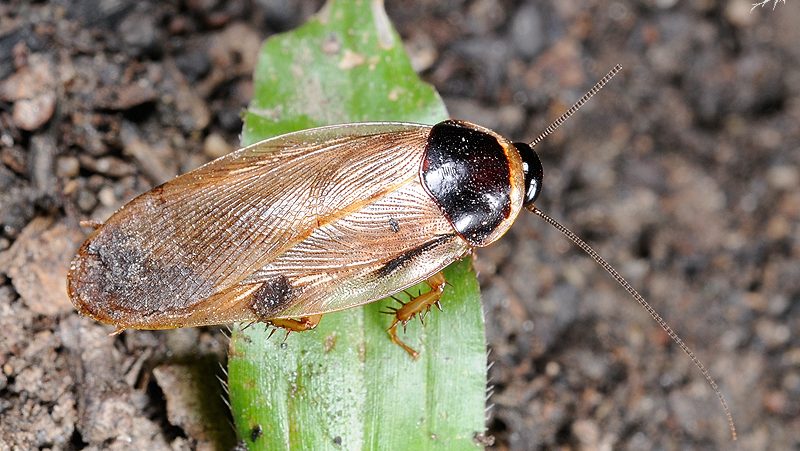 Cockroaches are among the most annoying pests, known for their ability to adapt and survive in even the harshest conditions. Their behaviour and survival tactics have made them one of the most challenging pests to control in homes and businesses.
Cockroaches are among the most annoying pests, known for their ability to adapt and survive in even the harshest conditions. Their behaviour and survival tactics have made them one of the most challenging pests to control in homes and businesses.
Understanding Cockroach Behavior
Cockroaches are nocturnal creatures, meaning they are most active at night. They use the cover of darkness to search for food, water, and shelter, which allows them to stay out of sight of humans and predators. During the day, cockroaches hide in dark, warm, and damp areas such as cracks, crevices, or behind appliances, where they feel safe and secure. One of the most notable traits of cockroaches is their preference for staying in contact with surfaces, called thigmotaxis. This instinct helps them feel protected, and it’s why cockroaches are often found in tight spaces like wall voids or behind furniture. Their fast and erratic movement also makes them difficult to catch when they are exposed to light or sense danger, which adds to the challenge of controlling an infestation.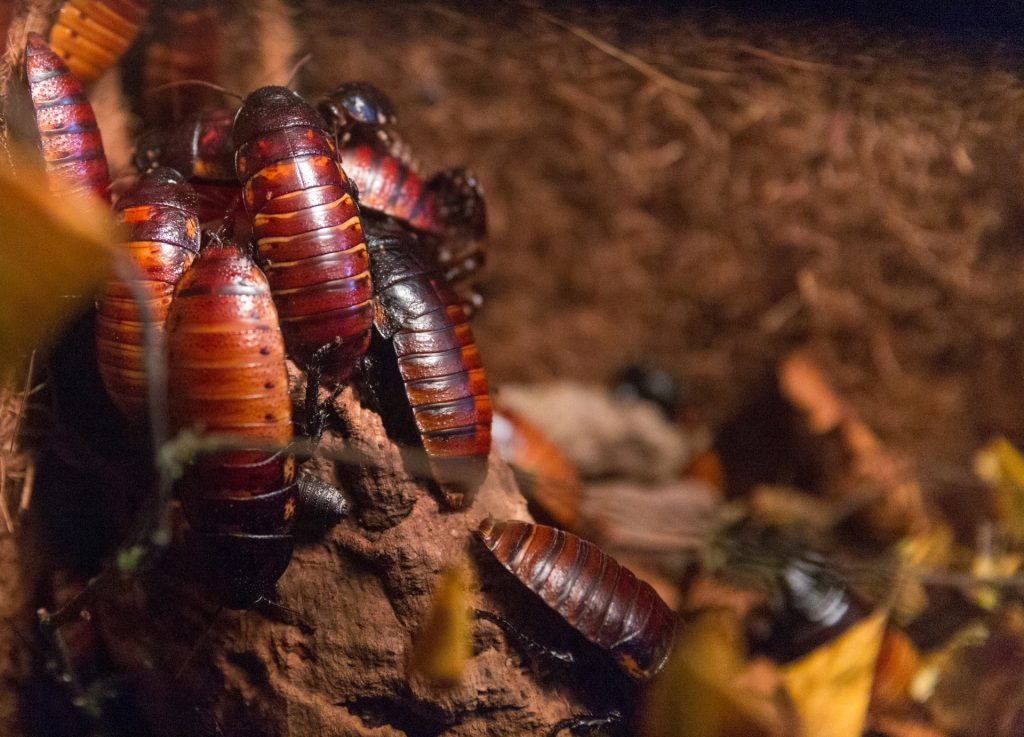
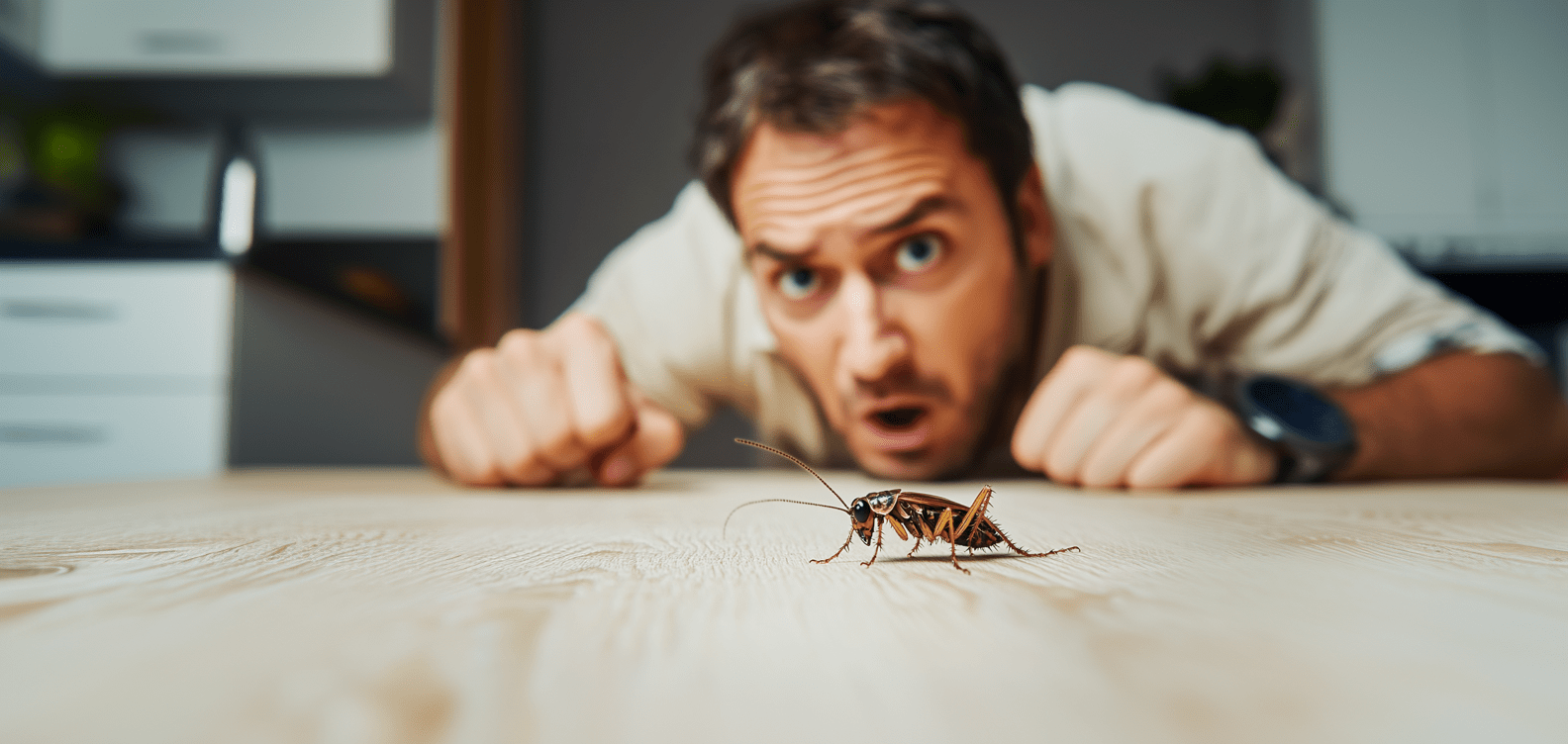
Not getting a solution?
Get your free pest control estimate today!Cockroach Survival Tactics
Cockroaches have evolved several survival tactics that make them incredibly tough to eliminate. These traits, along with their adaptable nature, allow them to survive in various environments, from the warmth of a kitchen to the harsh conditions of a sewer system. Adaptability to Different Environments One of the reasons cockroaches are found almost everywhere is their ability to adapt to different environments. Whether it’s a warm, humid climate or a colder region, cockroaches can survive as long as they have access to food, water, and shelter. Kitchens, bathrooms, and basements are some of the most common places where cockroaches can thrive, as these areas provide easy access to all the resources they need. Resistance to Starvation and Dehydration Cockroaches are not picky eaters, and they can survive for a long time without food or water. In fact, they can live for up to a month without food as long as they have water. Even without water, they can survive for about a week. This resilience allows them to endure periods of scarcity, making it harder to eradicate them through starvation alone. Cockroaches are also known to eat almost anything, including food scraps, paper, glue, soap, and other organic and non-organic materials, making it easy for them to find sustenance in human habitats. Rapid Reproduction Another survival tactic that makes cockroaches so difficult to manage is their rapid reproduction. Female cockroaches can produce hundreds of offspring in their lifetime, and it only takes a few months for an infestation to grow exponentially. Once a cockroach colony establishes itself in a home, it can quickly become overwhelming if not addressed promptly. Tolerance to Radiation Cockroaches are famously known for their ability to survive radiation exposure. While this doesn’t directly impact their day-to-day survival in homes, it underscores just how resilient they are as a species. Studies have shown that cockroaches can tolerate radiation levels far higher than what would be lethal to humans, making them survivors in environments that would otherwise be uninhabitable. Limb Regeneration Cockroaches have the incredible ability to regenerate lost limbs, allowing them to continue functioning even after injury. This capability not only helps them escape predators but also contributes to their long-term survival by enabling them to recover from physical damage.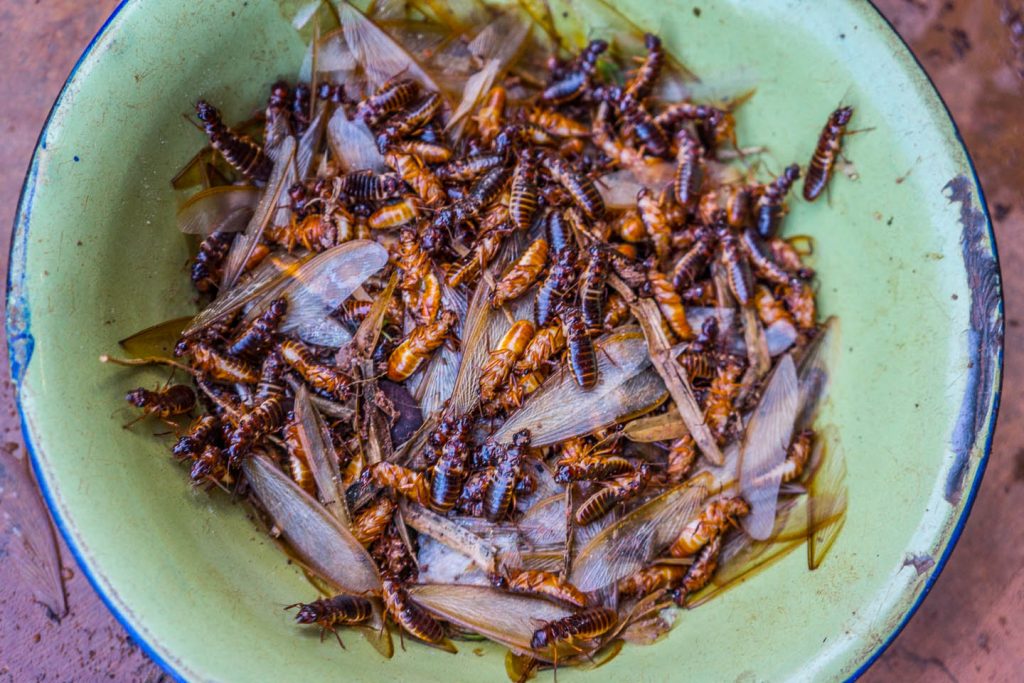
Signs of Cockroach Infestations
Identifying a cockroach infestation early can prevent it from worsening. Since cockroaches are skilled at staying hidden, it’s crucial to know the common signs that may indicate their presence. One of the most obvious signs is the appearance of droppings, which are small, black, or brown and can be found near their hiding spots. Another indicator is the presence of egg casings, which are small, oval-shaped, and brown in colour. A large cockroach infestation may also produce a strong, musty odour. This smell comes from the pheromones released by the cockroaches and can linger in areas where they have been active. Additionally, cockroaches shed their skins as they grow, so finding these discarded skins around your home is another red flag. These signs usually indicate that a cockroach colony is established and active, and immediate action is necessary.Preventing Cockroach Infestations
Preventing a cockroach infestation is much easier than dealing with one after it has started. Since cockroaches are attracted to food, water, and shelter, making your home less hospitable for them is key to keeping them out.
Sanitation
Regularly clean up food crumbs, spills, and grease to eliminate food sources for roaches.
Moisture Control
Fix leaks promptly and ensure proper ventilation to remove the damp conditions roaches thrive in.
Declutter
Keep storage areas, basements, and other cluttered spaces tidy to reduce hiding spots.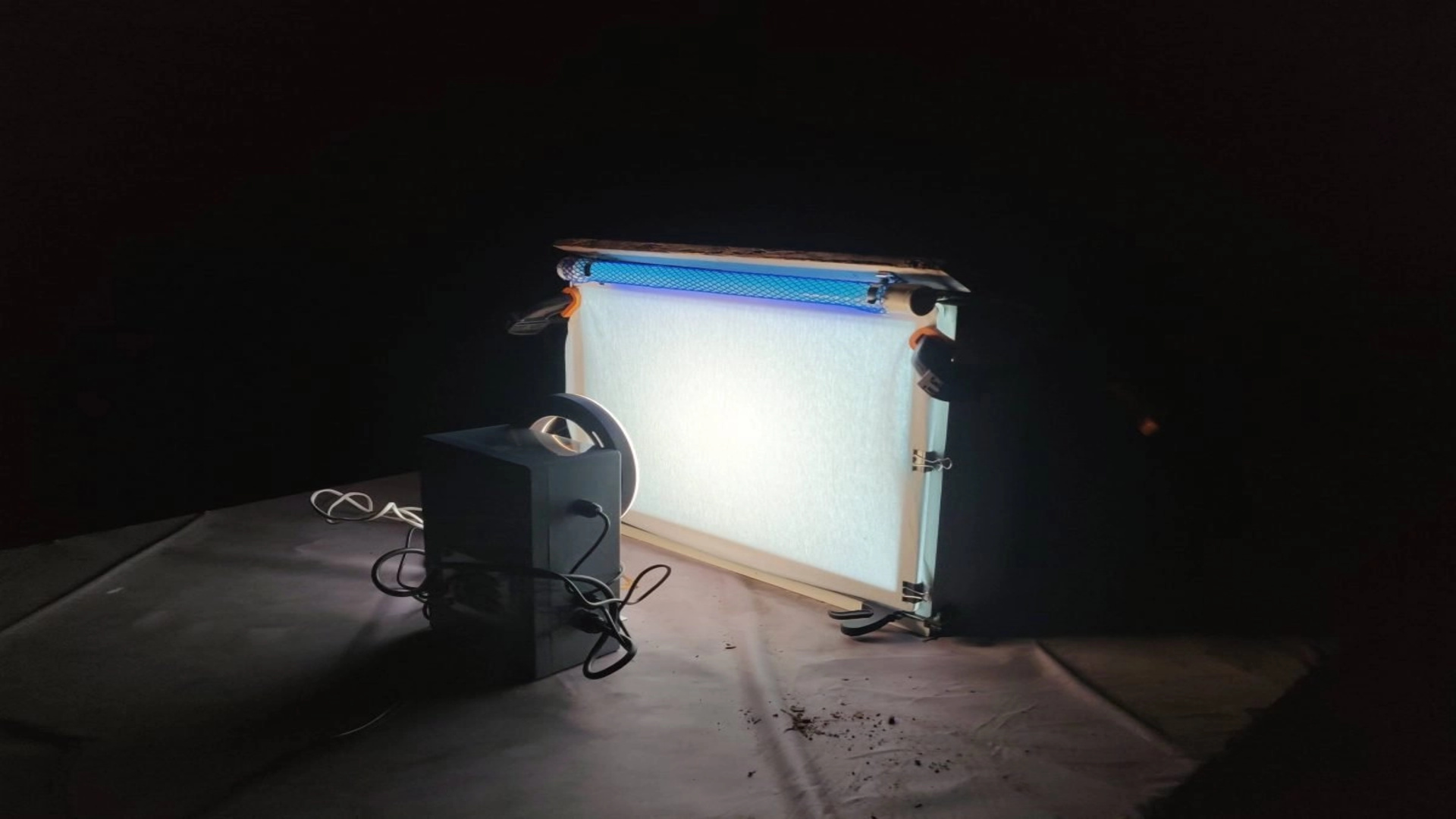
Seal Entry Points
Use caulk and door sweeps to block cockroach access through cracks and gaps.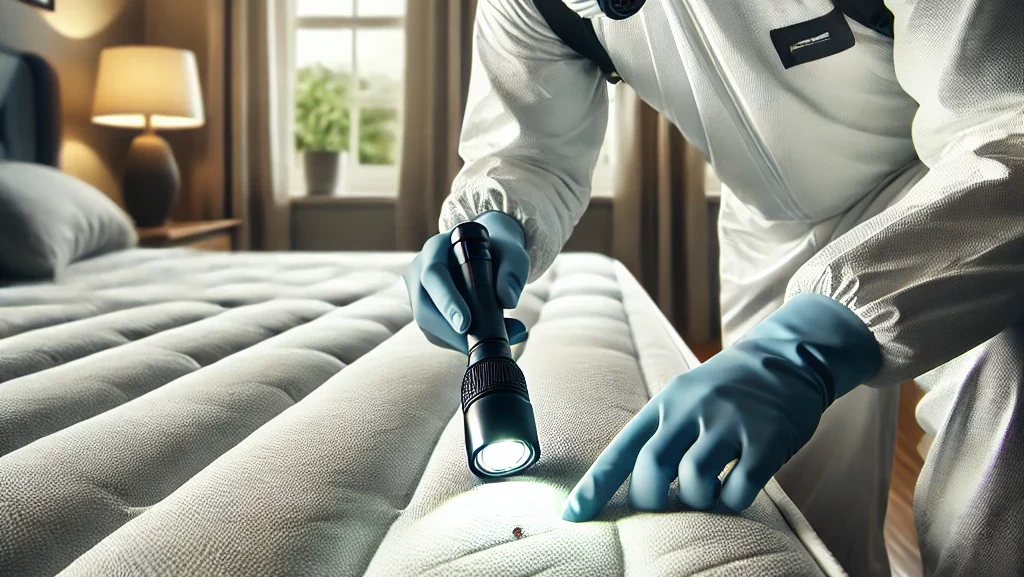
Monitor
Place glue traps in hidden areas to detect early activity and take swift action.





